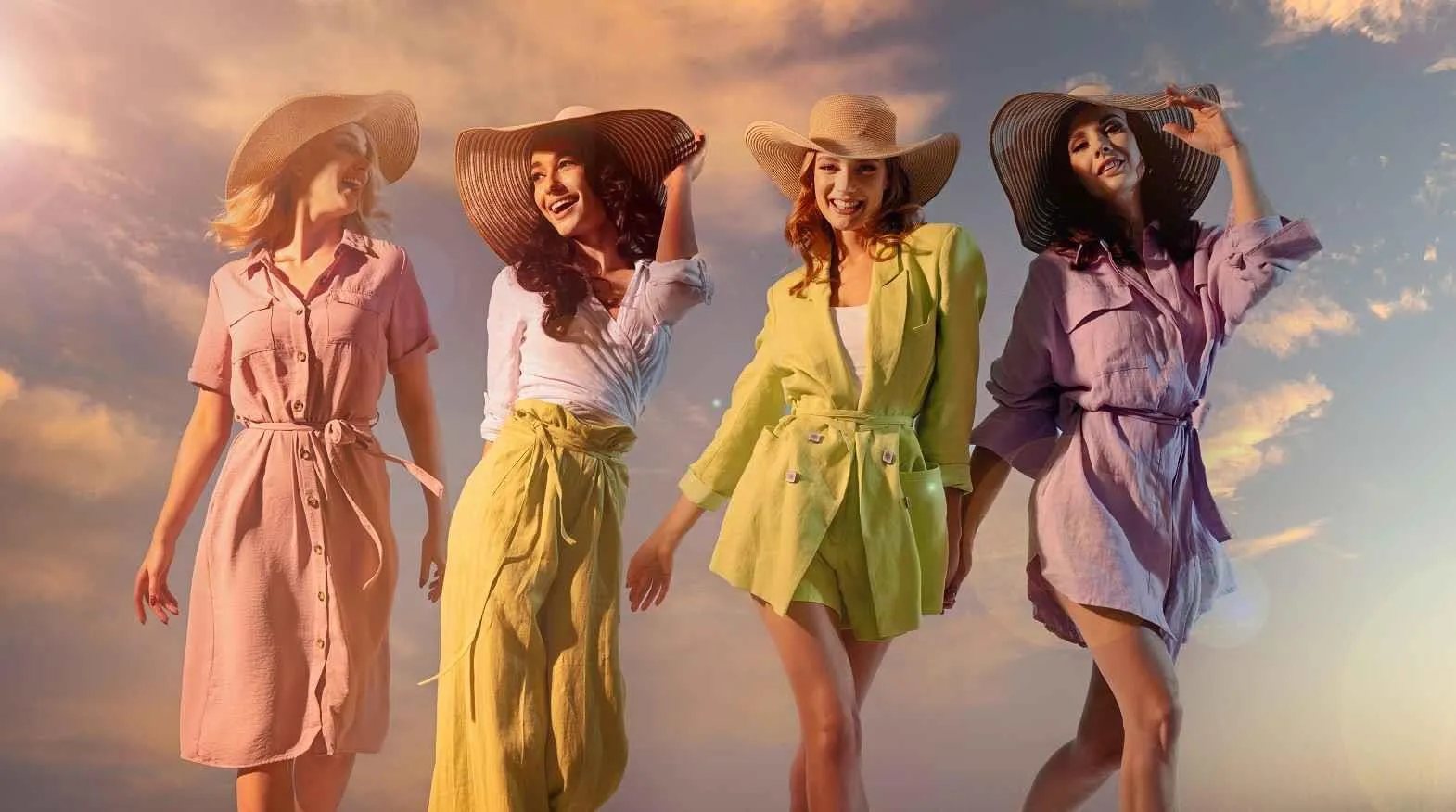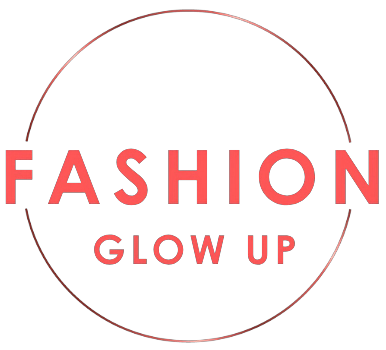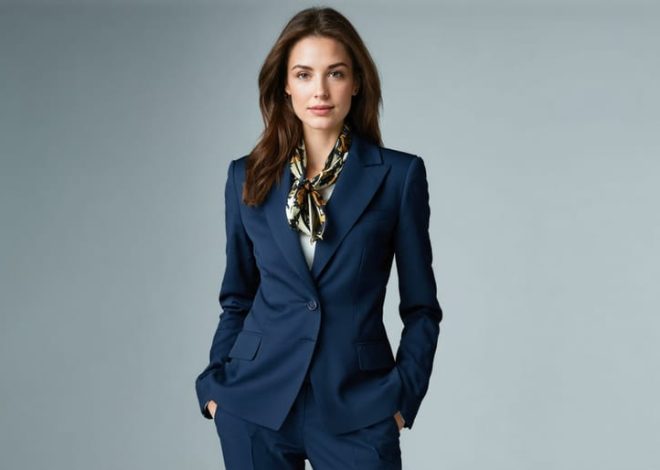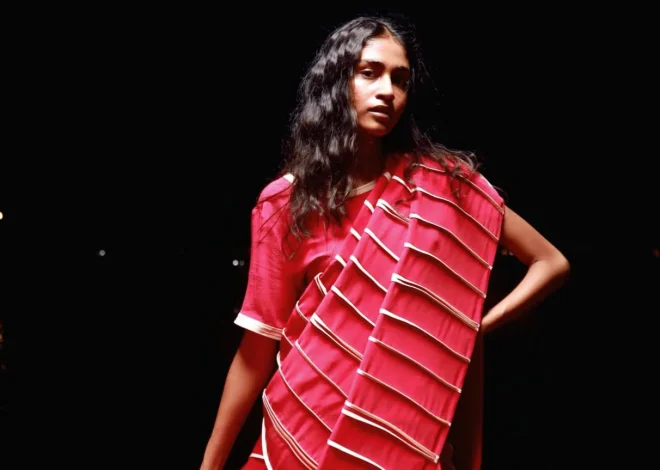The Power of Fashion in the 21st Century: Diversity, Sustainability, and Innovation

Fashion’s influence on the world today is undeniable, shaping trends, attitudes, and even the very fabric of society. The fashion of the 21st century is far-reaching, impacting not just the way people dress but also influencing home decor, makeup, and global attitudes. Just like the cultural upheavals symbolized by the ‘flower power’ movement in the 1960s, fashion today continues to serve as an agent of change, molding personal identities and shaping cultural landscapes.
Fashion’s Evolution in the Modern Era
Championing Diversity and Inclusivity
The fashion industry has made significant strides in embracing diversity, moving away from traditional norms and celebrating all body types, ethnicities, and ages. Today, designers understand the importance of representing global audiences by creating collections that resonate with a wider variety of people. This push for inclusivity isn’t just about appearances—it’s a movement toward real-world representation. The rise of body positivity and gender inclusivity has prompted the fashion world to expand its scope, recognizing the need for a more diverse representation in clothing, beauty, and accessories.
The Shift Toward Sustainability
In recent years, sustainability has emerged as a pivotal concern in the fashion industry. No longer focused solely on aesthetics, fashion today incorporates environmental and ethical considerations. With eco-friendly fabrics and ethical manufacturing processes, the industry is transitioning to a more sustainable model. Consumers are becoming more conscientious about the environmental footprint of their purchases, and as a result, demand for eco-conscious products is growing. The ‘slow fashion’ movement, which promotes buying fewer, higher-quality items, exemplifies this shift towards mindful consumption.
The Role of Social Media in Fashion
Social media has radically altered the way fashion is disseminated and consumed. Platforms like Instagram, TikTok, and Pinterest allow individuals to express their personal style and influence global trends. Fashion influencers, who often play a pivotal role in setting trends, have found their place as trendsetters who can shape public opinion and steer fashion direction. Additionally, social media gives brands a direct connection with consumers, allowing them to offer real-time feedback, engage with audiences, and boost brand transparency.
Fashion as a Form of Personal Expression
More Than Just Clothes
Fashion is no longer just about clothing—it’s an essential tool for self-expression. From personal values to cultural heritage, the clothes people wear tell a powerful story about who they are. Whether it’s through streetwear, haute couture, or bespoke customizations, fashion serves as a canvas for individual creativity and identity. This is further amplified by the growing trend of DIY fashion, where individuals create unique garments that reflect their personal tastes and values.
Breaking the Mold of Gender Norms
Today’s fashion is also challenging long-standing gender norms. With the rise of gender-neutral and unisex clothing lines, the fashion industry is evolving to cater to all genders. Celebrities like Harry Styles, Billy Porter, and Jaden Smith are making waves with their fluid fashion choices, inspiring millions to embrace a more inclusive approach to clothing. This cultural shift in fashion is redefining traditional concepts of gender and allowing for greater freedom in expressing personal identity.
Technological Innovations Shaping Fashion
Technology Meets Fashion
The intersection of fashion and technology is opening new doors for innovation. With advancements like smart fabrics, wearable technology, and virtual fitting rooms, the fashion industry is embracing the future. Smart textiles, for instance, can adapt to environmental conditions or track health metrics, while wearable tech like fitness trackers blends function with style. These innovations are transforming how people interact with their clothes and what they can do with them.
The Future of Fashion Shows and Shopping
Virtual fashion shows and augmented reality are reshaping how fashion is showcased and experienced. Consumers can now attend fashion shows virtually, breaking down geographic barriers and expanding access to global collections. Augmented reality is also revolutionizing the shopping experience, allowing consumers to try on clothes virtually or see how an item fits into their space before making a purchase. These technologies make fashion more accessible, interactive, and personalized than ever before.
The Enduring Power of Fashion
Fashion continues to dominate our world, shaping not just how we dress but how we think, behave, and express ourselves. The industry’s power lies in its ability to unite people across cultures and backgrounds while allowing for individual expression. As we move deeper into the 21st century, fashion will undoubtedly remain a powerful force, continuing to influence society and reflect the ongoing changes in our values, attitudes, and technological advancements.



